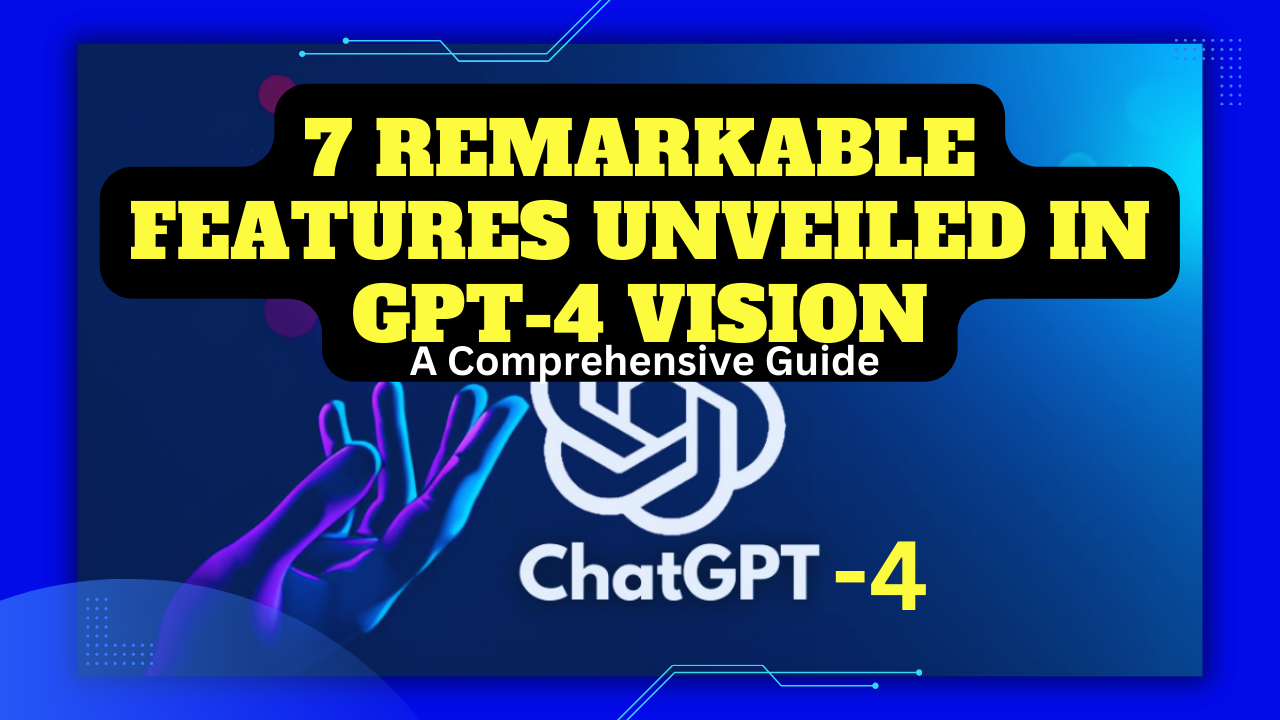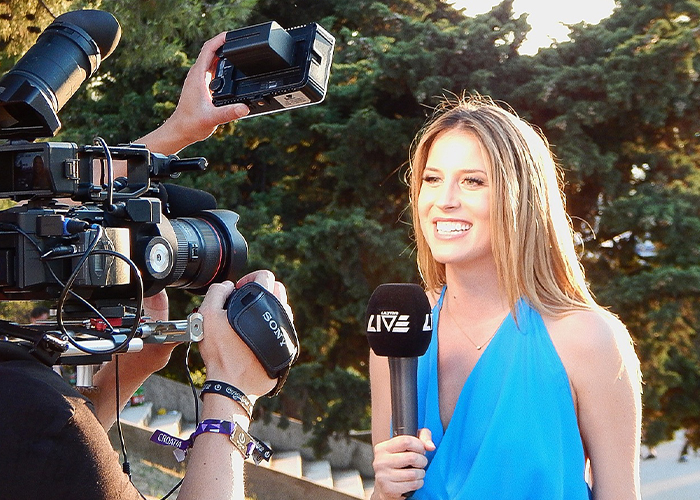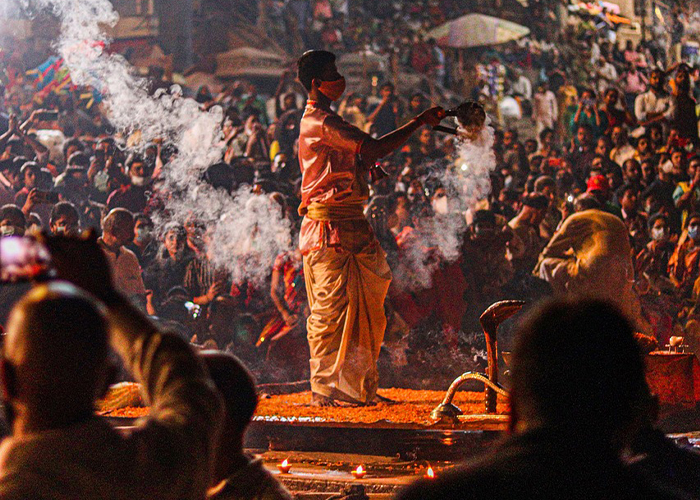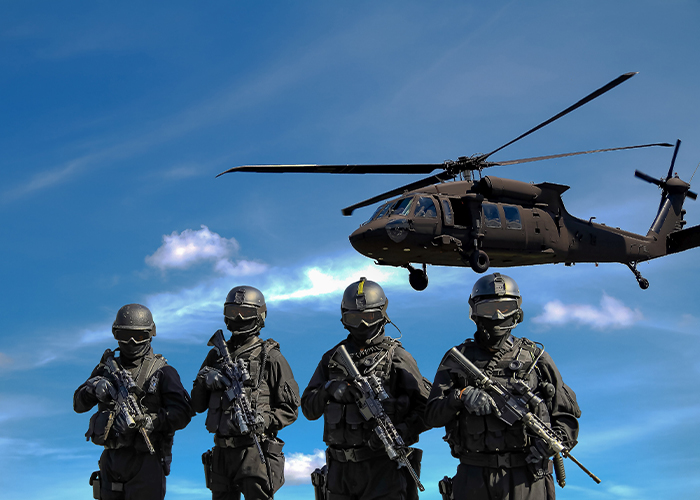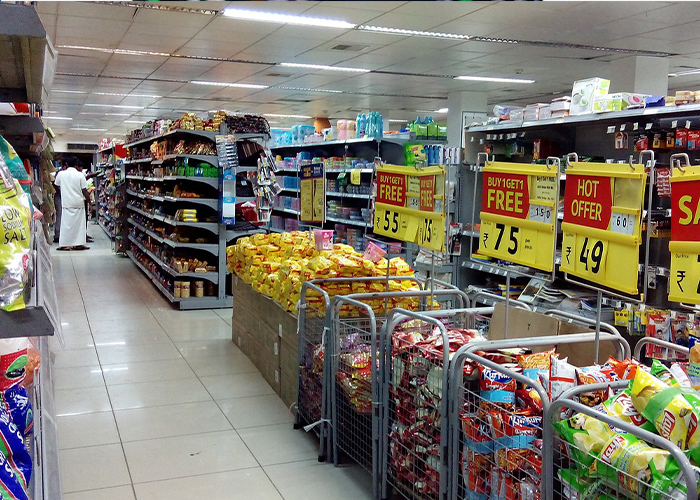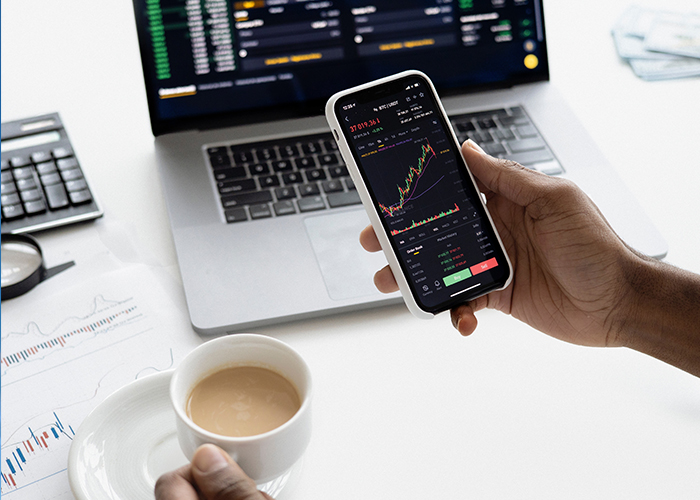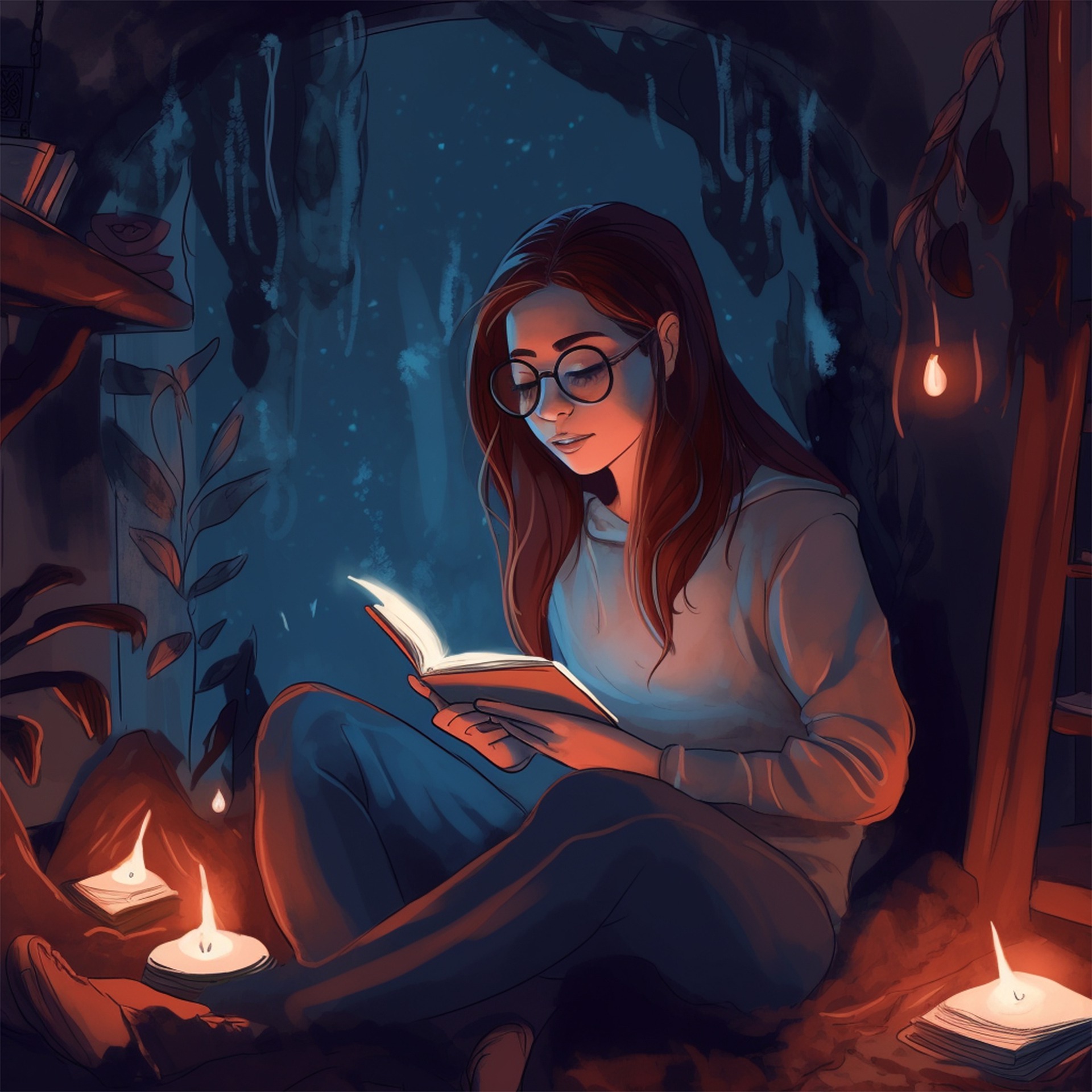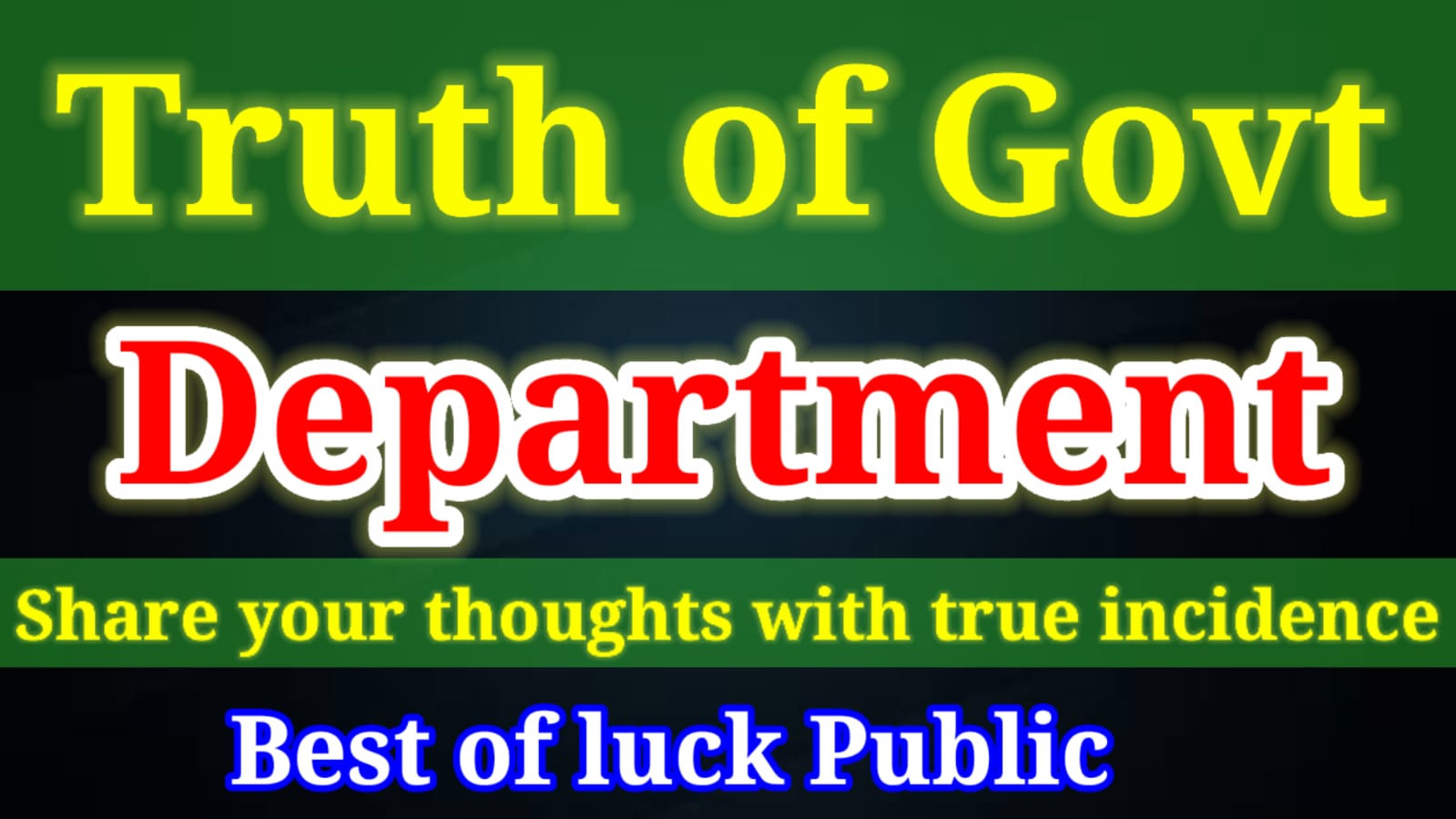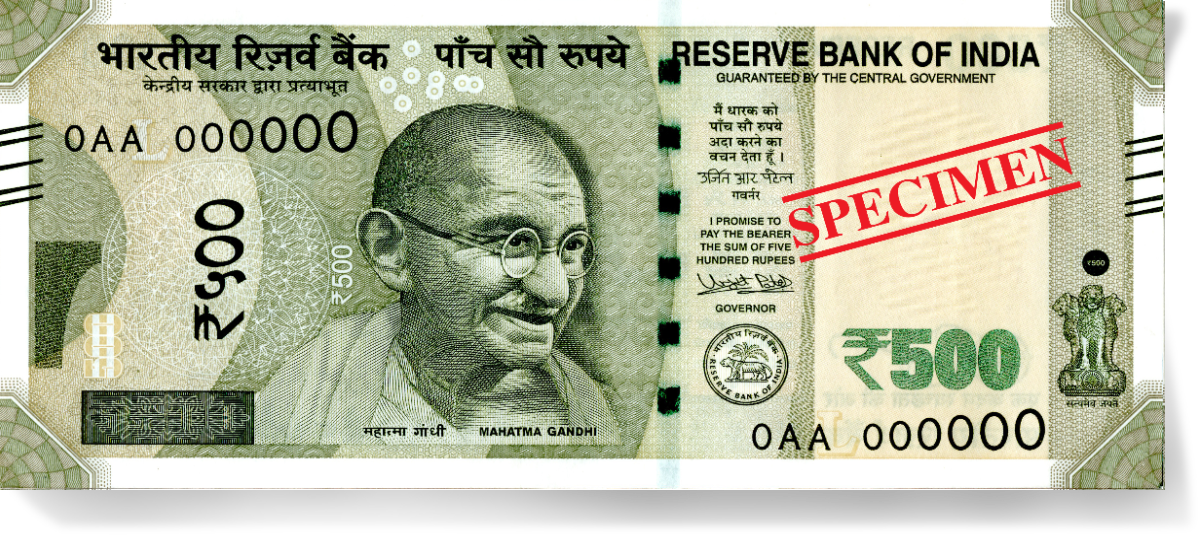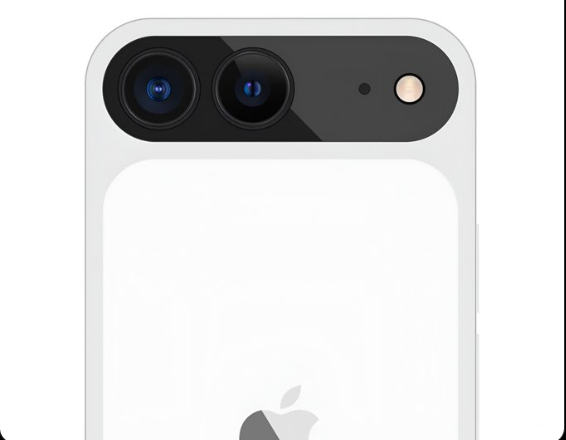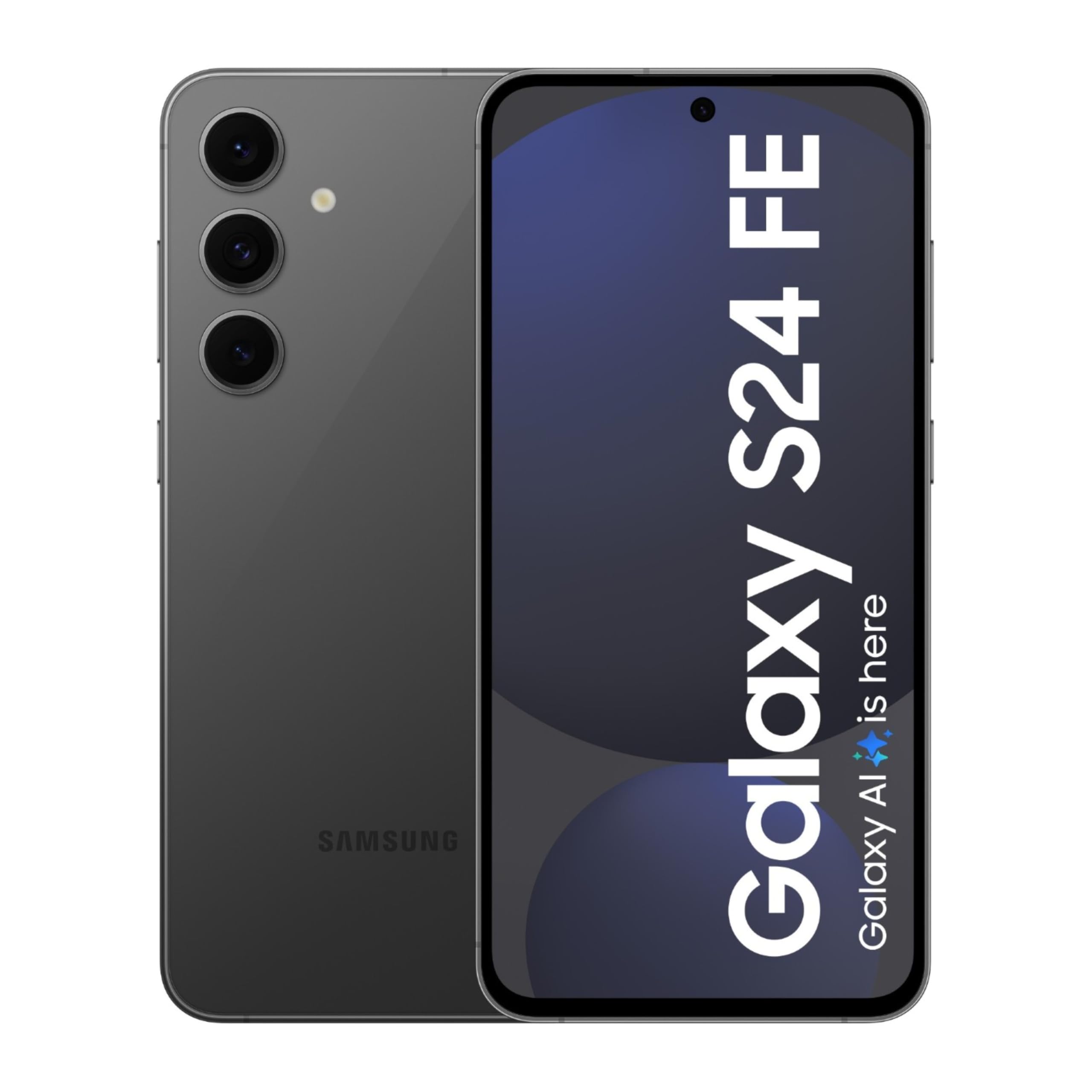GPT-4V's multimodal capabilities make ChatGPT a true game-changer, offering an array of versatile features.
Earlier this year, GPT-4 was introduced as a groundbreaking model with multimodal capabilities. However, these capabilities were not immediately visible. Fast forward nearly six months, OpenAI has rolled out a series of updates, with the most notable one being the introduction of image and voice features, making GPT-4 genuinely multimodal and introducing the long-awaited 'Vision' feature.
OpenAI's co-founder, Greg Brockman, demonstrated the remarkable potential of GPT-4 Vision in a demo video earlier this year. The results have been nothing short of incredible. Here are some of the standout features of GPT-4 Vision:
Object Identification:
GPT-4 can accurately identify a wide range of objects, whether it's a plant, an animal, a character, or any other item in an image. It can also provide detailed descriptions without the need for specific prompts.
Text Transcription:
When presented with an image containing text, GPT-4 Vision can transcribe the content accurately. For example, it can decipher medieval writing from historical manuscripts.
Data Interpretation:
This model can effortlessly interpret data from graphs, charts, or any other format and derive meaningful insights. It can analyze and understand data trends, as demonstrated in the interpretation of exam performance in a bar graph.
Handling Multiple Conditions:
GPT-4 Vision can process images with multiple conditions or instructions. For instance, it can follow a set of instructions presented in an image to arrive at a conclusion or answer a query.
Educational Assistant:
Functioning as a virtual teacher, GPT-4 Vision can engage in educational conversations with users, offering explanations and insights on a wide range of topics. It can provide detailed explanations based on user instructions, as seen in the explanation of a diagram.
Advanced Coding:
Building upon the capabilities of ChatGPT Code Interpreter, GPT-4 Vision takes coding assistance to the next level. Users can upload an image to perform various coding-related tasks, expanding its utility for programmers and developers.
Design Proficiency:
With a keen eye for design, the chatbot can identify different architectural styles and designs. Moreover, it can suggest design alterations based on custom instructions provided by users.
GPT-4 Vision's versatility and adaptability across various domains make it a transformative addition to the world of AI, opening up new possibilities for diverse applications.
Conclusion: GPT-4 Vision Redefines AI Capabilities
In the ever-evolving landscape of artificial intelligence, GPT-4 Vision stands out as a remarkable innovation. OpenAI's journey to achieve true multimodality has culminated in a feature-rich model that transcends traditional AI boundaries.
With GPT-4 Vision, we witness an AI system that can not only identify objects and transcribe text from images but also decode complex data, follow multiple conditions, act as an educational assistant, elevate coding proficiency, and exhibit a keen eye for design.
These capabilities mark a significant leap forward, expanding the horizons of AI's potential applications. From education and research to design and programming, GPT-4 Vision empowers users across diverse domains.
As we delve into an era where AI interacts with the world in a more holistic manner, GPT-4 Vision emerges as a game-changer, offering unparalleled versatility and adaptability. Its impact on industries, education, and creative endeavors promises to be profound.
With GPT-4 Vision, the future of AI looks brighter and more promising than ever, and its ongoing evolution continues to shape a world where innovation knows no bounds.
Frequently Asked Questions (FAQ) about GPT-4 Vision
1. What is GPT-4 Vision?
GPT-4 Vision is a highly advanced artificial intelligence model developed by OpenAI. It is known for its multimodal capabilities, which allow it to process both text and images, making it versatile in various applications.
2. What are the key features of GPT-4 Vision?
GPT-4 Vision offers several incredible features, including object identification, text transcription from images, data deciphering, handling multiple conditions in images, acting as a teaching assistant, enhanced coding capabilities, and design understanding.
3. How does GPT-4 Vision identify objects in images?
GPT-4 Vision can accurately identify objects in images and provide descriptive details about them without requiring specific prompts. It demonstrates a high level of object recognition capability.
4. Can GPT-4 Vision transcribe text from images?
Yes, GPT-4 Vision can transcribe text from images effectively. Simply input an image containing text, and the model will provide a transcription of the text content.
5. How does GPT-4 Vision decipher data from charts and graphs?
GPT-4 Vision can read and interpret data presented in various visual formats, such as graphs and charts. It can derive meaningful insights and results based on the data it analyzes.
6. Can GPT-4 Vision handle multiple conditions in images?
Yes, GPT-4 Vision is capable of comprehending and processing images with multiple conditions or instructions. It can follow complex directions within images to arrive at specific answers.
7. Is GPT-4 Vision suitable for educational purposes?
Absolutely, GPT-4 Vision can function as a virtual teaching assistant. Users can engage with the chatbot to gain understanding and explanations on a wide range of topics from various subjects.
8. How does GPT-4 Vision enhance coding capabilities?
GPT-4 Vision takes coding proficiency to a higher level. By uploading an image, users can perform various coding-related functions, making it a valuable tool for programmers and developers.
9. Can GPT-4 Vision suggest design changes based on custom instructions?
Yes, GPT-4 Vision has a flair for design and can identify architectural designs. It can also provide design suggestions based on custom instructions given by users.
10. What is the potential impact of GPT-4 Vision on AI applications?
GPT-4 Vision's capabilities open up new possibilities in fields like education, research, design, coding, and more. Its versatility promises to revolutionize AI applications across various domains.
11. Is GPT-4 Vision available for public use?
While specific details about availability are not mentioned, OpenAI continually develops and refines its models. It's possible that future iterations or applications based on GPT-4 Vision may become accessible to the public.
Written by: Md Muktar Hossain
